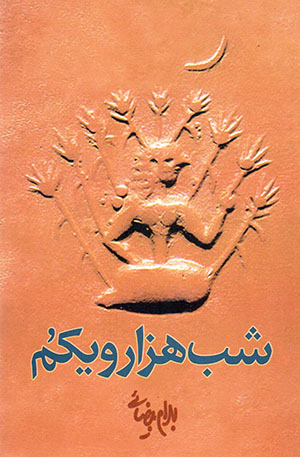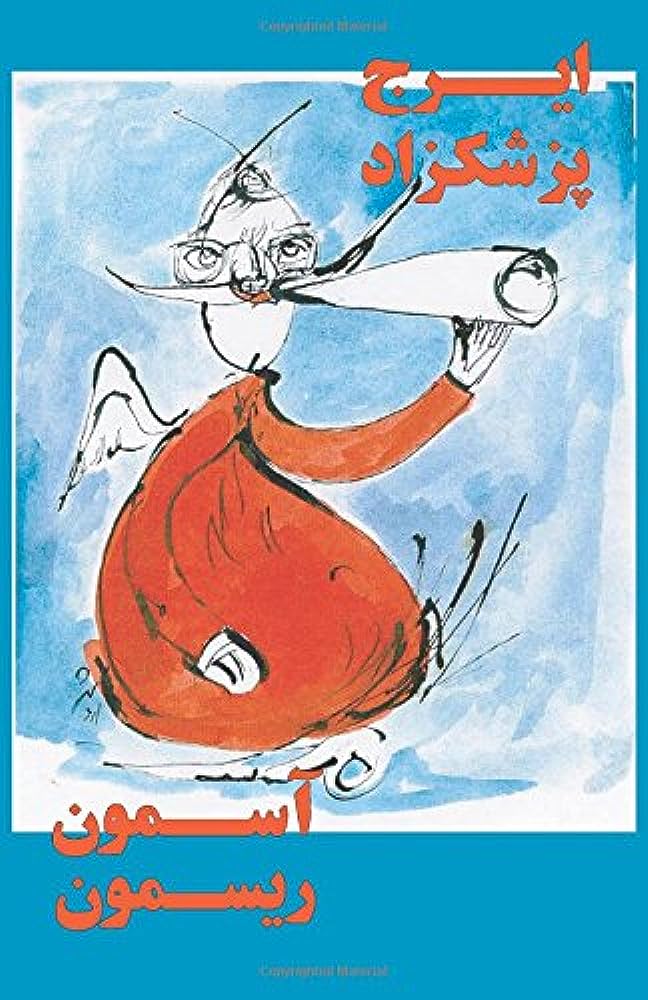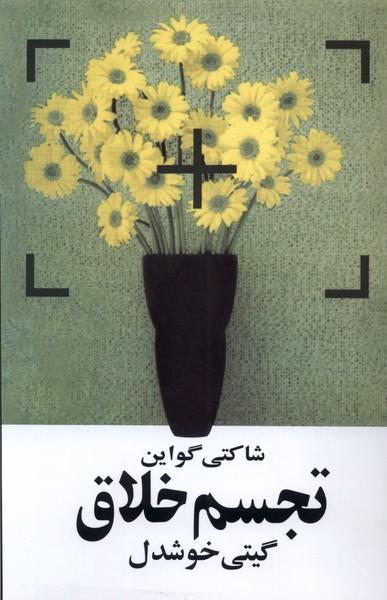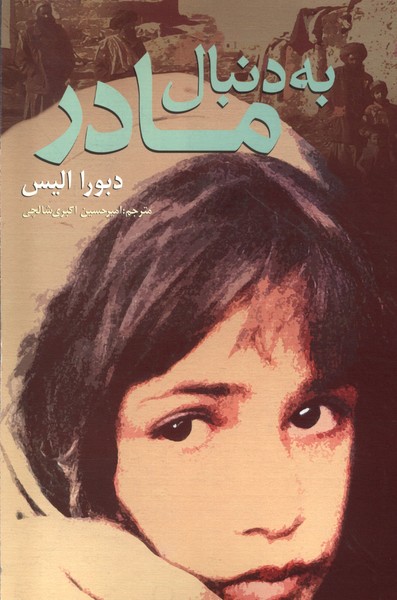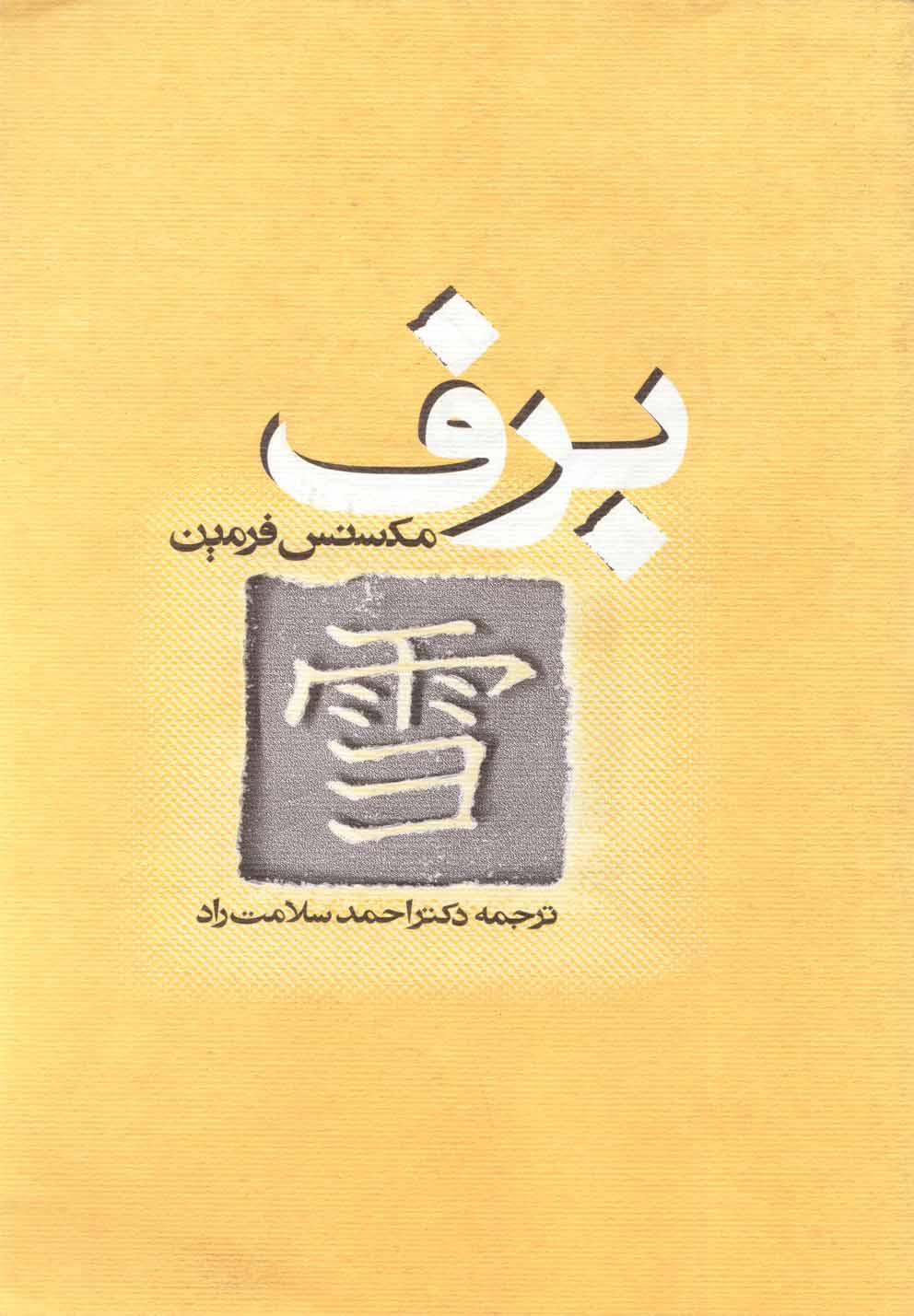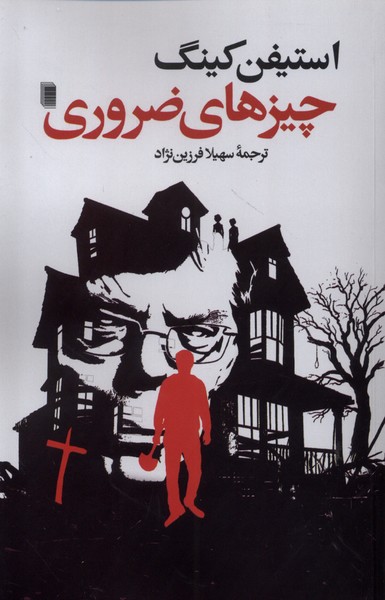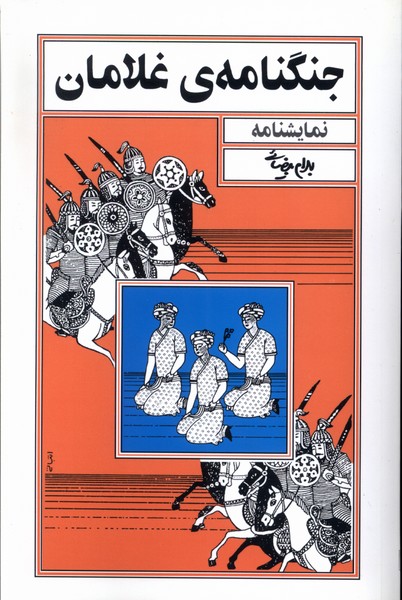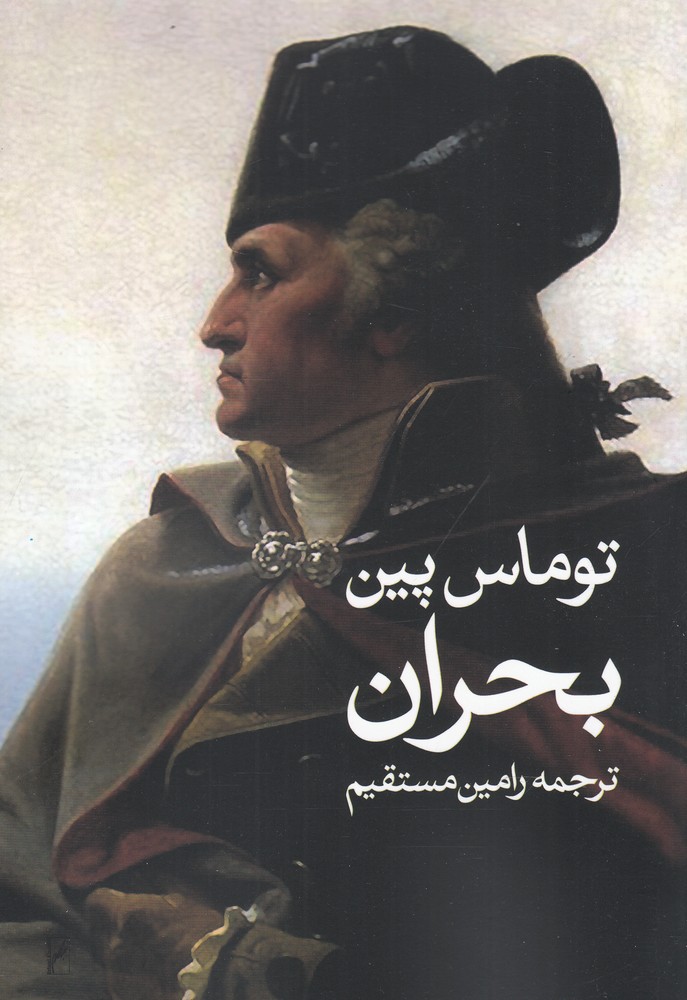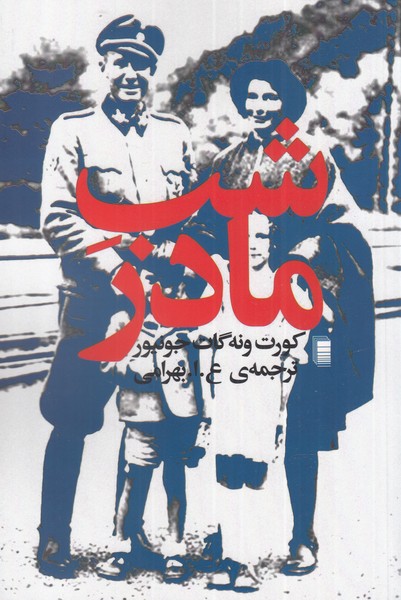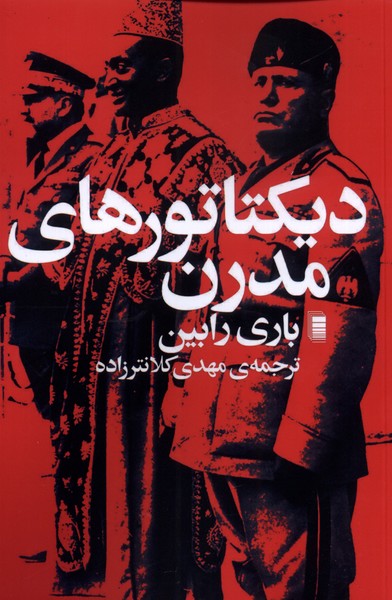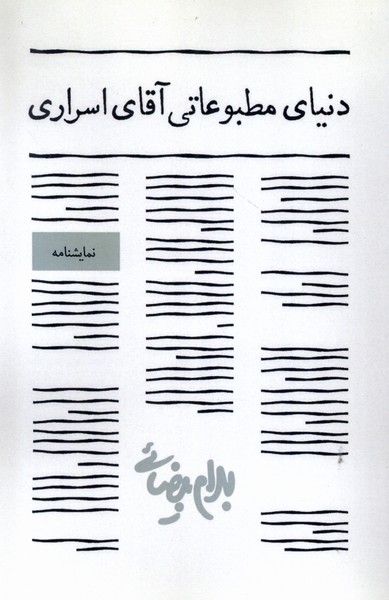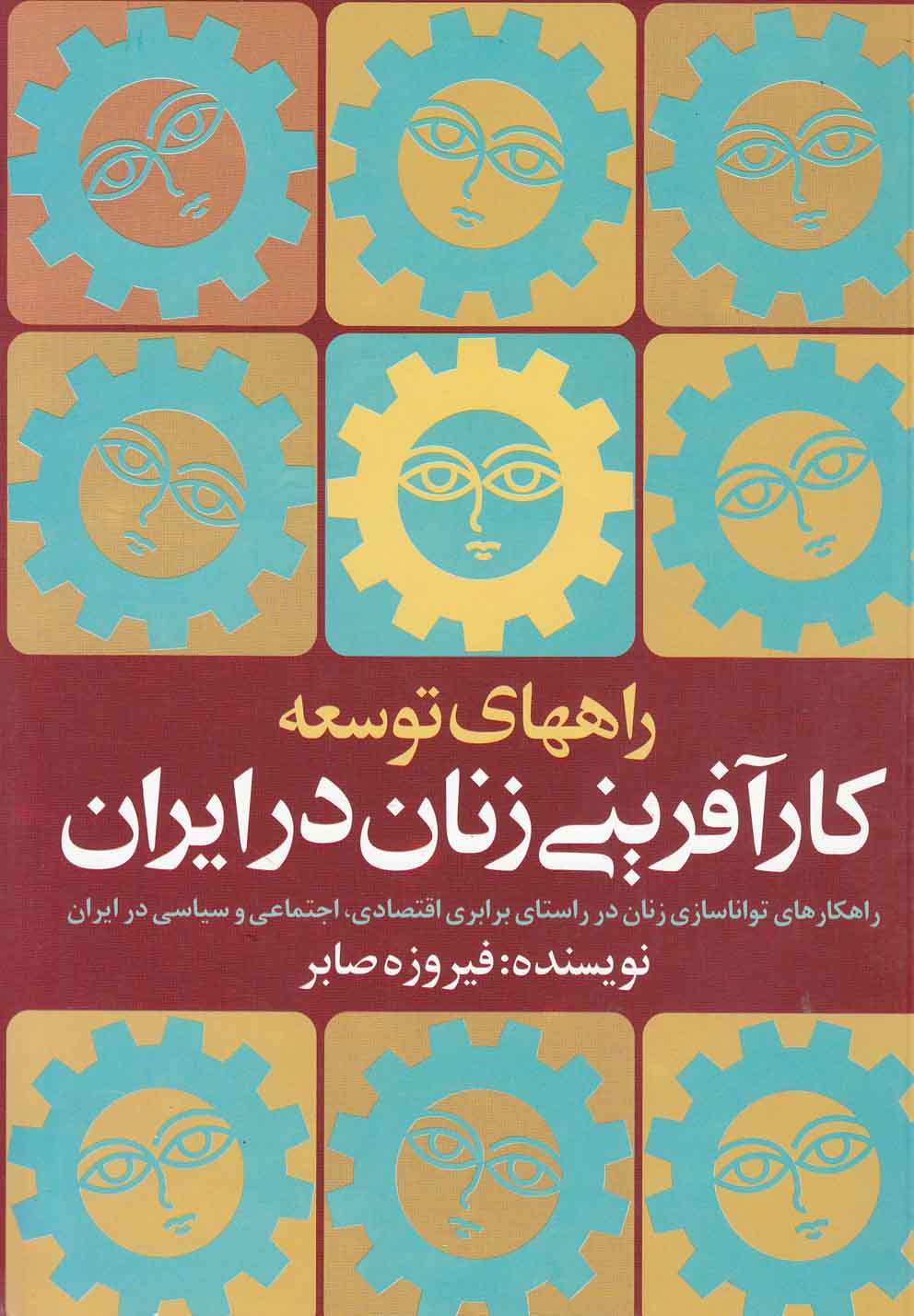شب هزار و یكم الفارسية 1382
Shab-i hazar va yakum
11٫72 $
مشاركة
Wishlist
ISBN رقم:
9646751822
الفئة العمرية:
البالغون
الصفحات:
103
الوزن:
128 g
أبعاد المنتج:
14 x 21 x 0٫5 cm
غلاف الكتاب:
غلاف ورقی
This book has three separate plays that are common in the word of "thousand and one" and are about the story of "One thousand and one nights". The first play is a narration from "Jamshid and Zahhak" myth that by fortune-telling Zahhak could only governed for 1000 nights. Zahhak defeated The Iranian king, Jamshid and married his two daughters
"Shahrnaz" and "Arnavaz". These girls with accepting marry their father's enemy and murderer, want to stop killing youths whose brains were eaten by snakes on Zahhak shoulders. In his 1001st night thousand of people end his dynasty. The second play is about the translation of " The thousand men" from Pahlavi to Arabic in the age of Baghdad kings. The closers to king want an Iranian named "Pur Farkhan" to translate the book to Arabic. After he finished it they try him and kill him under torment... The last play is more near to now, is the story of a woman who had school and was very better than mullahs and because of teaching women, she was burn in the fire of anger of powerful men. One her penalties was teaching "thousand and one nights" in her school... In all plays women are in the center and men are in the side of stories.
more
اين اثر، در حقيقت سه نمايشنامه ی مجزا است كه وجه مشترك آنها واژه هزار و يكم است و هر سه در حول و حوش داستان "هزار و يك شب" می چرخد. نمايش اول، روايت گرفته شده از اسطوره "جمشيد و ضحاك" است كه بر طبق نقل اسطوره ای آن در پيشگويی ها، برای ضحاك 1000 روز شاهی پيش بينی شده بود. ضحاك، جمشيد شاه ايرانی را مغلوب می كند و دو دخترش "شهرناز" و "ارنواز" را به زنی می گيرد. اين دو با فداكاری قبول همسری دشمن و قاتل پدر، از كشته شدن جوانانی كه مغز آنها خوراك مارهای برآمده از شانه هاي ضحاك است، جلوگيری كنند و چنين می شود. در هزار و يكمين شب سلطنت خوفناك ضحاك، مردم همانگونه كه هزار انسان آمده بر ضحاك می شورند و به شاهی او پايان می دهند. نمايش دوم، ماجرای ترجمه ی "هزار انسان" از پهلوی به عربی است و ماجرا در دوران خلفای بغداد اتفاق افتاده است. "پور فرخان" ايرانی است كه بنا به درخواست نزديكان خليفه كتاب را به عربی ترجمه كرده است. با عرضه كتاب او محاكمه شده زير شكنجه به قتل ميرسد... نمايش پايانی كه زمانی نزديكتر به امروز دارد، حكايت زنی است كه مكتب داری می كرده و در اين كار از ملايان سربوده است و به همين جرم، يعنی آموزش زنان در آتش خشم و كين مردان قدرت می سوزد. يكي از جرم های او آموزش داستان هزار و يك شب در مكتب خانه بوده است... در هر سه نمايش زنان در مركز داستان و مردان در حاشيه قرار دارند.
more

